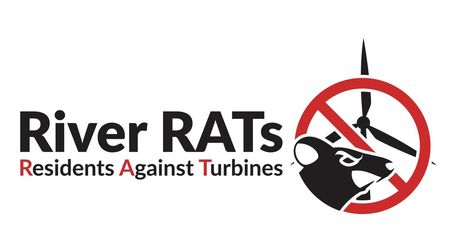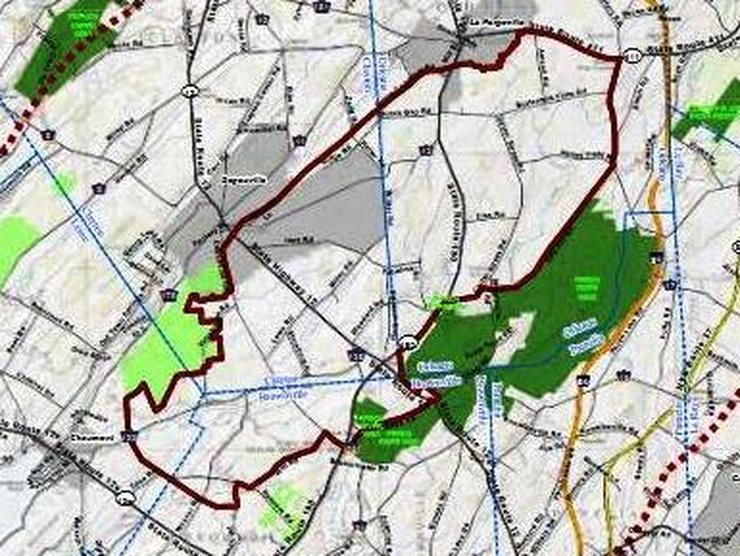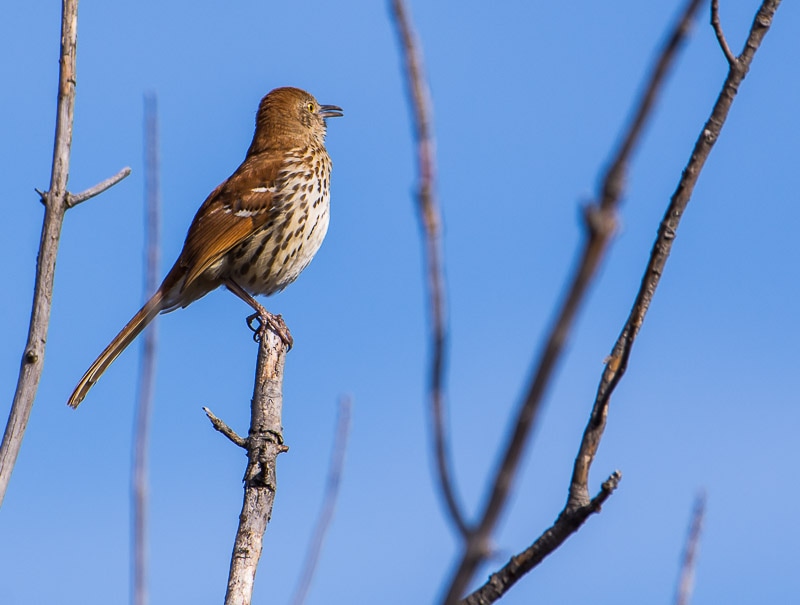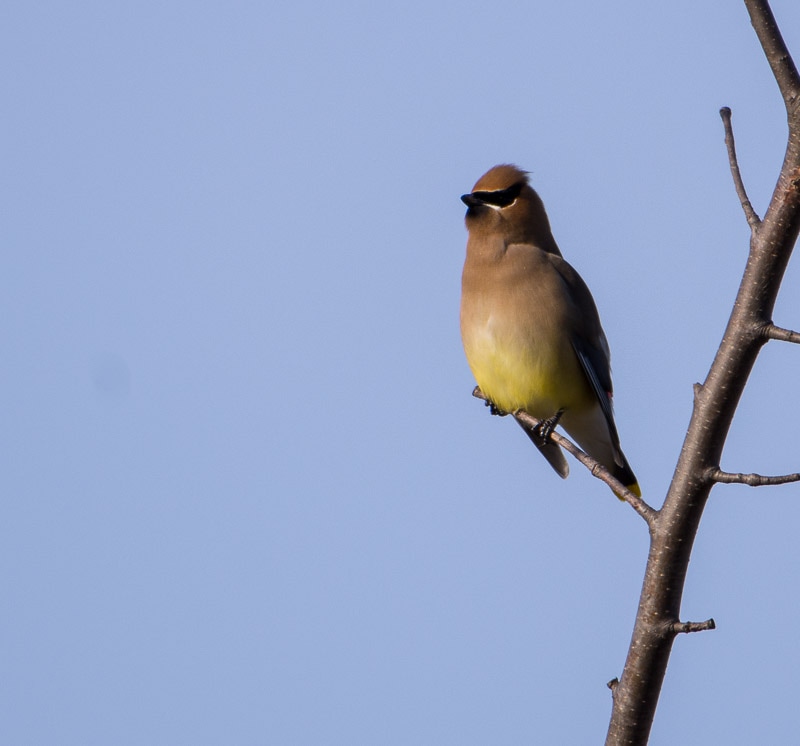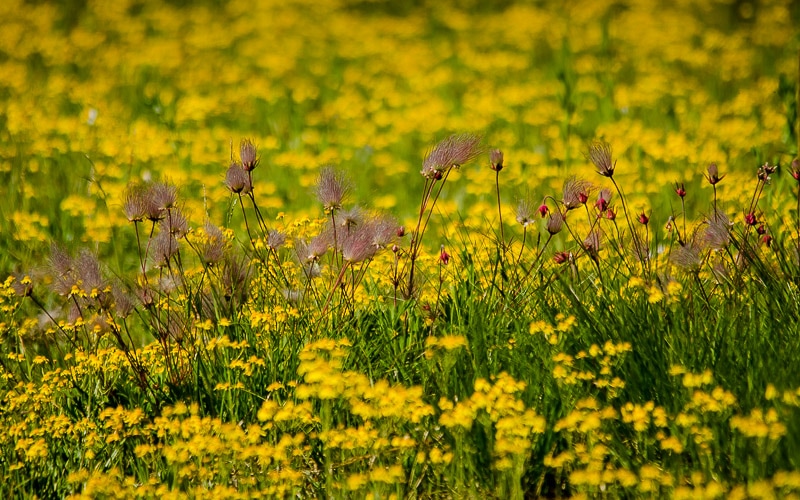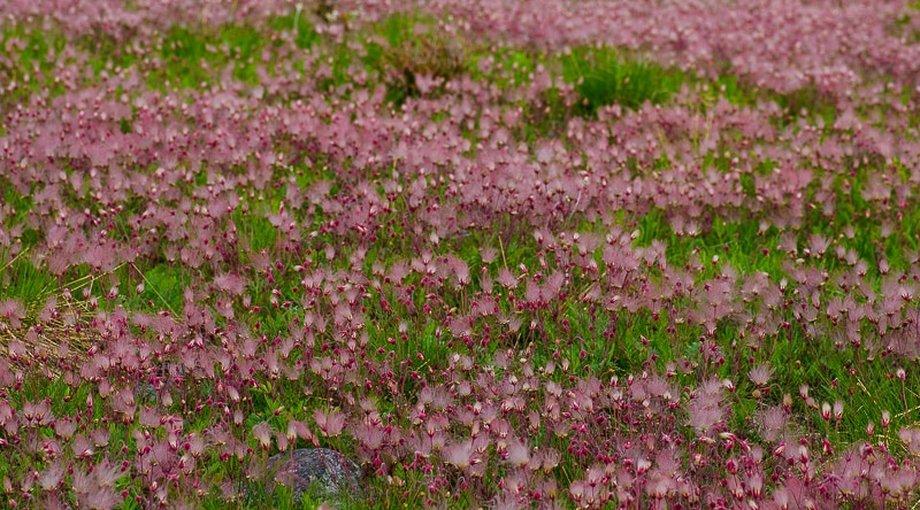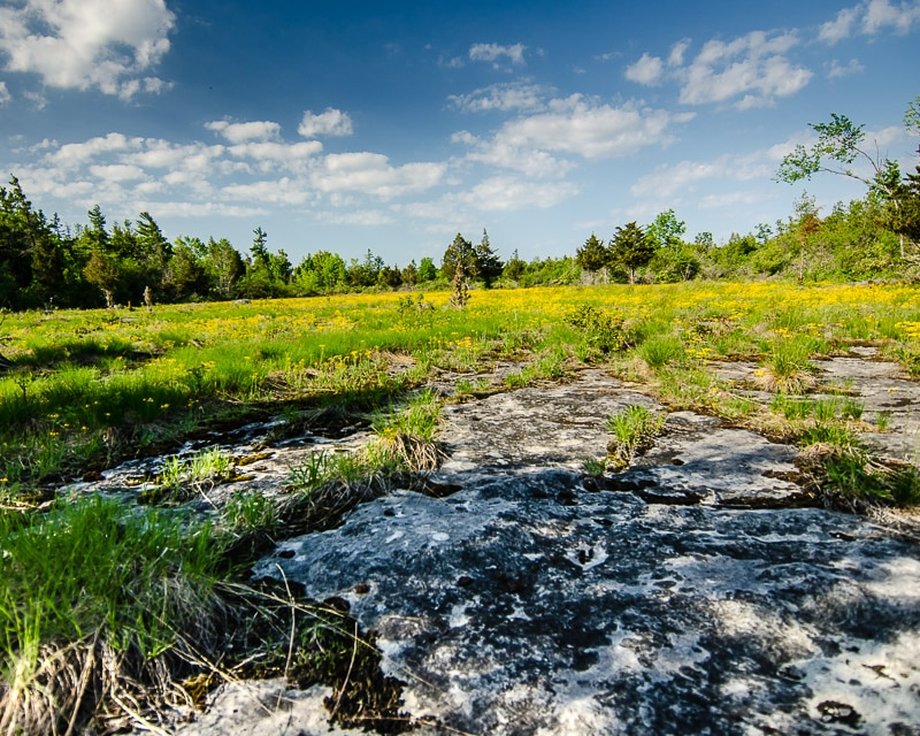- Home
- Project Description
- Local Voices
- Lack of Social License
- Property Devaluation
- History and Article 10
- Aviation and Fort Drum Risks
- Economic and Tourism Risks
- Cultural Resources Risks
- Environmental Risks
- Health Risks
- Bird and Bat Risks
- Conservation Risks
- Renewable Energy
- About Us
- Additional Resources
- Frequently Asked Questions
- Support River RATs
Risking the World's Best-Remaining Alvar Grassland:
The Chaumont Barrens
The Chaumont Barrens
Iberdrola has unwisely expanded Horse Creek's current project border to the boundary of The Nature Conservancy's Chaumont Barrens preserve, a spectacular yet fragile natural resource.
Recognized by the New York State Department of Environmental Conservation as one of the finest alvar environments anywhere in the world, this preserve, and its fragile karst topography, is an extremely delicate and special ecosystem.
Intact alvar environments, which are comprised of exposed or thinly-covered limestone, are increasingly rare due to their delicate environmental conditions, which could easily be disrupted or destroyed by contaminated groundwater.
Recognized by the New York State Department of Environmental Conservation as one of the finest alvar environments anywhere in the world, this preserve, and its fragile karst topography, is an extremely delicate and special ecosystem.
Intact alvar environments, which are comprised of exposed or thinly-covered limestone, are increasingly rare due to their delicate environmental conditions, which could easily be disrupted or destroyed by contaminated groundwater.
Again we ask - Why put all this in jeopardy for the poorly sited Horse Creek project?
The Chaumont Barrens are home to many rare plants and wildflowers. It is one of the few places in the entire Northeast where the rare Prairie Smoke plant is found. Other flowers, such as the Michigan Lily, have previously been found on the preserve, being found nowhere else in New York. This is to say nothing of the wide array of avian and other wildlife species that rely upon this protected area.
Frequent residents of the Chaumont Barrens, the Cedar Waxwing and Brown Thrasher. Photos: Lee Ellsworth © All rights reserved
Extending Horse Creek to the western boundary of this preserve after receiving multiple reports (2007, 2010) explaining the dangers of building in and around shallow karst limestone reflects does not appear to demonstrate Iberdrola's purported concerns for local communities and their natural resources.
Fragile alvar limestone environment at the Chaumont Barrens (also top of page). Photo: Lee Ellsworth © All rights reserved
Risks to Surrounding Wildlife Management Areas
The Horse Creek Wind Project is squeezed between numerous New York State Wildlife Management Areas (WMA) which serve as refuges and conservation areas for important wildlife populations. These include the project-adjoining Perch Lake WMA and two other nearby WMAs, French Creek and Ashland Flats. Together with The Nature Conservancy's Chaumont Barrens, Three Mile Creek Barrens, and Limerick Cedars Preserve, these six conservation areas nearly surround the Horse Creek Wind Project.
Again we ask - Why put all this in jeopardy for the poorly sited Horse Creek project?
Explore Further
